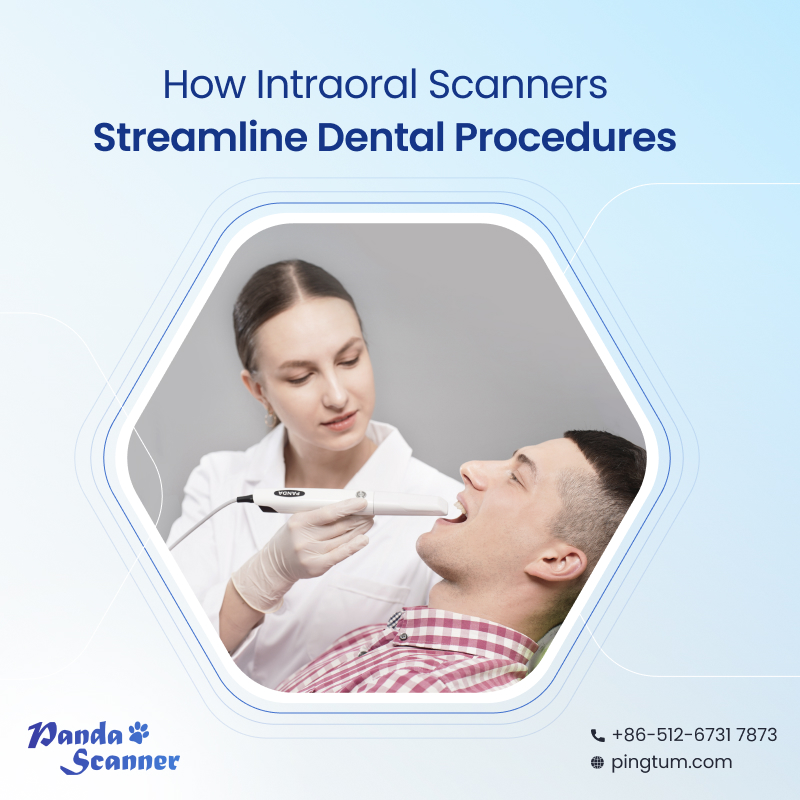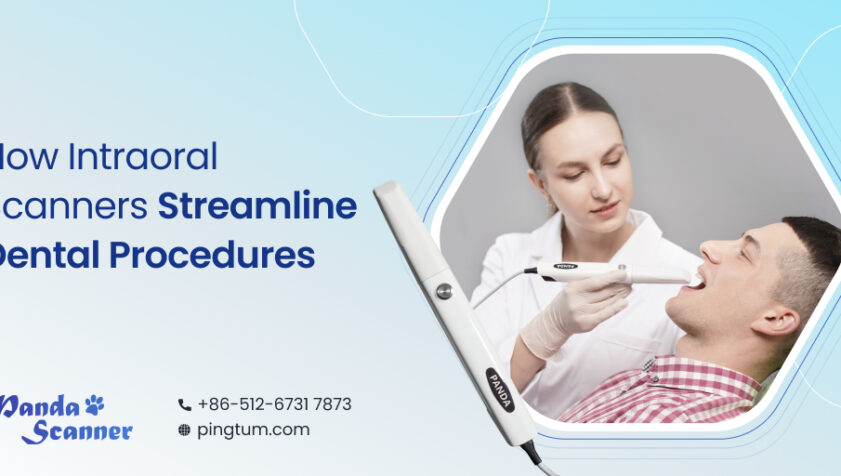Technology continues to play a crucial role in revolutionising conventional practises and improving patient experiences in the ever-changing field of modern dentistry. Intraoral scanners have become a game-changing instrument among the most ground-breaking inventions, revolutionising the way dental operations are carried out. Today’s dental practitioners are utilising the potential of digital scanning to expedite processes, enhance accuracy, and increase patient happiness. Gone are the days of dirty impressions and uncomfortable trays. That’s why we are going to discuss the landscape of an intraoral scanner, examining how it is changing dental workflows and laying the foundation for a future that is more effective and accurate.

The Evolution of Dental Impressions From Traditional to Digital
Dental impressions have long been associated with pain and annoyance. Patients had to put up with the sometimes uncomfortable procedure of having alginate or silicone materials poured into their mouths, which led to less-than-ideal results and considerable patient distress. Intraoral scanners, on the other hand, have heralded a paradigm shift in this area of dentistry.
Modern optical technology is used by intraoral scanners to provide finely detailed 3D pictures of a patient’s oral cavity. A digital model of the teeth and soft tissues is created by using the portable wand of the scanner to acquire photographs of them from various angles. The images may then be edited and examined on a computer screen. The whole treatment period is shortened because of this digital technique, which also does away with the necessity for physical impressions.
How Intraoral Scanners Streamline Workflow
- Patient Experience
The enhanced patient experience provided by intraoral scanners is one of the most important benefits of investing in this tool. Patients are no longer subjected to the pain of conventional impressions. Instead, patients go through a short, painless, non-invasive scanning process that can be done in a few minutes.
- Enhanced Accuracy
When it comes to accurately recording the precise intricacies of a patient’s oral anatomy, intraoral scanners are unmatched. Dental practitioners can plan treatments, make accurate diagnoses, and create restorations with more assurance thanks to the high-resolution photographs.
- Visualisation in Real Time
With intraoral scanning, patients have the rare chance to view a digital depiction of their oral health in real time. This graphic tool improves patient education and encourages greater interaction between patients and dental staff.
- Efficient Treatment Planning
CAD/CAM systems may easily include the digital models produced by intraoral scanners, allowing dental practitioners to precisely design and create restorations including crowns, bridges, and dentures. Faster turnaround times and fewer chairside modifications result from this.
- Collaboration and remote consultations
It’s made possible by the ease with which intraoral scans may be shared with dental laboratories, experts, and co-workers. This is especially helpful in transdisciplinary scenarios involving several specialists.
Real-Life Applications of Intraoral Scanners
- Restorative Dentistry
Intraoral scanners have revolutionised the discipline. Digital impressions may be used to accurately design and create dental crowns, veneers, and bridges, resulting in restorations that fit naturally and need no correction.
- Orthodontics
Clear aligner therapy has been expedited in the field of orthodontics thanks to intraoral scanners. The computerised models lessen the need for physical imprints and improve treatment outcomes by allowing orthodontists to plan and monitor tooth motions with unmatched accuracy.
- Implant Dentistry
Intraoral scans are essential for the planning of implant treatment in implant dentistry. They provide an accurate evaluation of the quantity and quality of bone, assisting in the correct positioning of dental implants for the best possible appearance and functionality.
- Teledentistry and Remote Consultations
Intraoral scanners have made remote consultations possible, which has helped teledentistry advance. For treatment planning and direction, patients can have intraoral scans performed at a nearby clinic and shared with a specialist elsewhere.
Final Thoughts
A new age of efficiency, accuracy, and patient-centred treatment in dentistry has been ushered in by intraoral scanners, and the most trusted among them is the Panda P2 intraoral scanner. These amazing tools have completely changed the way dental practitioners approach their work by streamlining operations, improving accuracy, and increasing patient happiness. Future developments in intraoral scanning are expected to further cement this technology’s position as a crucial tool in contemporary dentistry practises. Dental practitioners are now ready to provide superior treatment that is not only more efficient but also more pleasant and patient-friendly than ever before by embracing the digital revolution.






